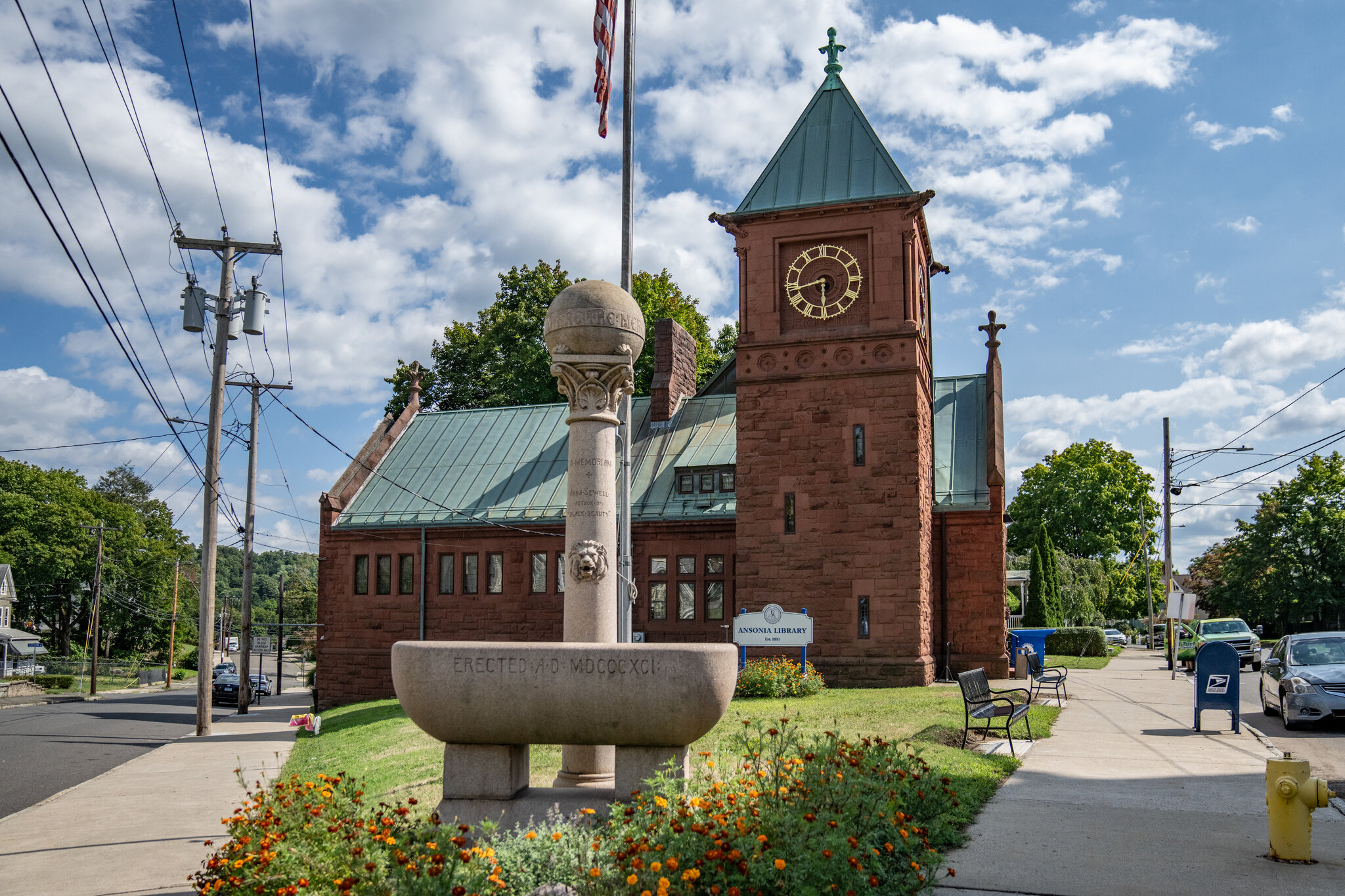Exploring the History of Ansonia, Connecticut

Located in New Haven County, Ansonia, Connecticut, is a city with a rich and diverse history that spans centuries. From its beginnings as a bustling industrial center to its transformation into a vibrant community with a strong sense of identity, Ansonia's story is a testament to the ingenuity, resilience, and spirit of its residents.
Early Settlement and Industrialization:
Ansonia's history can be traced back to the early 19th century when European settlers first established a community in the area. The arrival of the Naugatuck River and its abundant waterpower attracted entrepreneurs and industrialists who recognized the potential for economic development.
The development of textile mills, factories, and foundries along the Naugatuck River transformed Ansonia into a thriving industrial center. The city's strategic location along transportation routes, including the railroad and waterways, further facilitated economic growth and attracted workers from across the region.
Ansonia Copper and Brass Company:
One of the most significant developments in Ansonia's history was the establishment of the Ansonia Copper and Brass Company in the late 19th century. Founded in 1849, the company became one of the largest manufacturers of copper and brass products in the United States, employing thousands of workers and driving economic growth in the region.
The Ansonia Copper and Brass Company played a crucial role in shaping the identity and economy of Ansonia, contributing to the city's reputation as an industrial powerhouse. Its products, including electrical wiring, plumbing fixtures, and industrial machinery, were used in homes, businesses, and factories across the country.
Immigrant Communities and Cultural Diversity:
As Ansonia's industrial economy flourished, the city attracted immigrants from Europe and other parts of the world seeking employment opportunities and a better way of life. Irish, Italian, Polish, and other immigrant communities settled in Ansonia, bringing with them their languages, traditions, and customs.
The diversity of Ansonia's population enriched the cultural fabric of the city, contributing to its vibrant social scene and culinary heritage. Ethnic festivals, parades, and celebrations became a hallmark of life in Ansonia, fostering a sense of community pride and solidarity among residents.
Urban Renewal and Redevelopment:
In the mid-20th century, Ansonia, like many industrial cities in the United States, faced economic challenges and urban decay. The decline of the manufacturing sector, coupled with changes in transportation and consumer preferences, led to job losses and population decline in the city.
In response, Ansonia embarked on a program of urban renewal and redevelopment aimed at revitalizing the downtown area and attracting new businesses and investment. Efforts to preserve historic buildings, improve infrastructure, and promote tourism helped to breathe new life into Ansonia and stimulate economic growth.
Modern Era and Community Spirit:
Today, Ansonia is a vibrant city with a strong sense of community spirit and pride in its history and heritage. Its historic downtown district, lined with Victorian-era buildings and quaint shops, is a popular destination for residents and visitors alike.
Community events, festivals, and cultural celebrations bring residents together to celebrate their shared heritage and traditions. From the annual Ansonia Harvest Festival to the St. Patrick's Day Parade, these gatherings showcase Ansonia's unique identity and spirit, fostering a sense of belonging and unity among its residents.
Conclusion:
Ansonia, Connecticut, is more than just a city—it's a living testament to the resilience, diversity, and spirit of its residents. From its industrial heyday to its modern-day identity, Ansonia's history is a reflection of the enduring values that have shaped the community for generations. As Ansonia continues to evolve and grow, it remains rooted in its past while embracing the opportunities of the present and future.
- Hits: 31